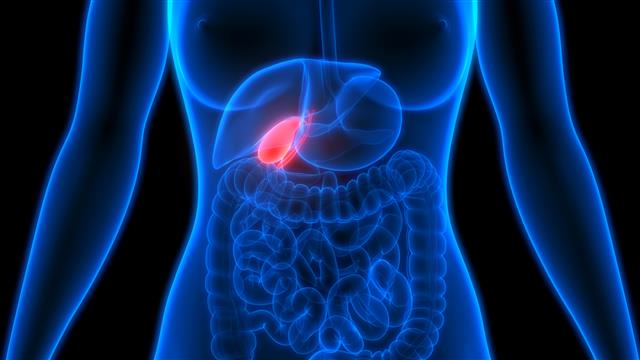
According to a study published in The Lancet Regional Health – Southeast Asia, an artificial intelligence (AI)-based technique displayed diagnostic performance comparable to experienced radiologists in detecting gallbladder cancer at a hospital in Chandigarh, India.
Gallbladder cancer (GBC) is a deadly cancer with a low discovery rate and a high fatality rate
Gallbladder cancer (GBC) is a deadly cancer with a low discovery rate and a high fatality rate. Early detection is difficult since benign gallbladder lesions can have comparable imaging findings, according to the researchers. The researchers from the Postgraduate Institute of Medical Education and Research (PGIMER) in Chandigarh and the Indian Institute of Technology (IIT) in New Delhi set out to create and verify a deep learning (DL) model for GBC identification using abdominal ultrasound, and then compare its performance to that of radiologists.
Deep learning is an AI strategy that teaches computers to process data in a manner similar to that of the human brain. The researchers used abdominal ultrasound data from patients with gallbladder abnormalities treated at PGIMER, a tertiary care hospital, between August 2019 and June 2021. Deep learning (DL) models were trained on 233 patients, verified on 59 patients, and tested on 273 patients.
The performance of the DL model was assessed in terms of sensitivity, specificity, and the area under the receiver operating characteristic curve
The performance of the DL model was assessed in terms of sensitivity, specificity, and the area under the receiver operating characteristic curve (AUC), which is often used to assess diagnostic test accuracy. Two radiologists independently assessed the ultrasound images and compared their diagnostic performance to the DL model.
According to the study, the DL model showed a sensitivity of 92.3 percent, a specificity of 74.4 percent, and an AUC of 0.887 for diagnosing GBC in the test set, which was equivalent to both radiologists. According to the researchers, the DL-based technique demonstrated good sensitivity and AUC for diagnosing GBC in the presence of stones, contracted gallbladders, small lesion size (less than 10 mm), and neck lesions, which were equivalent to radiologists.
The findings are based on a single-center dataset, and further validation will require multicenter investigations
Despite having a lower specificity, the DL model had a greater sensitivity for diagnosing the mural thickening type of GBC than one of the radiologists. “The DL-based approach demonstrated diagnostic performance comparable to experienced radiologists in detecting GBC using ultrasound,” the authors of the study noted. “Further multicentre studies are recommended to fully explore the potential of DL-based GBC diagnosis,” they added.
The study’s limitations were noted by the authors. The findings are based on a single-center dataset, and further validation will require multicenter investigations. The project has a knowledge cutoff date of 2021, and they stated that later developments in DL and GBC diagnosis may not be reflected.
